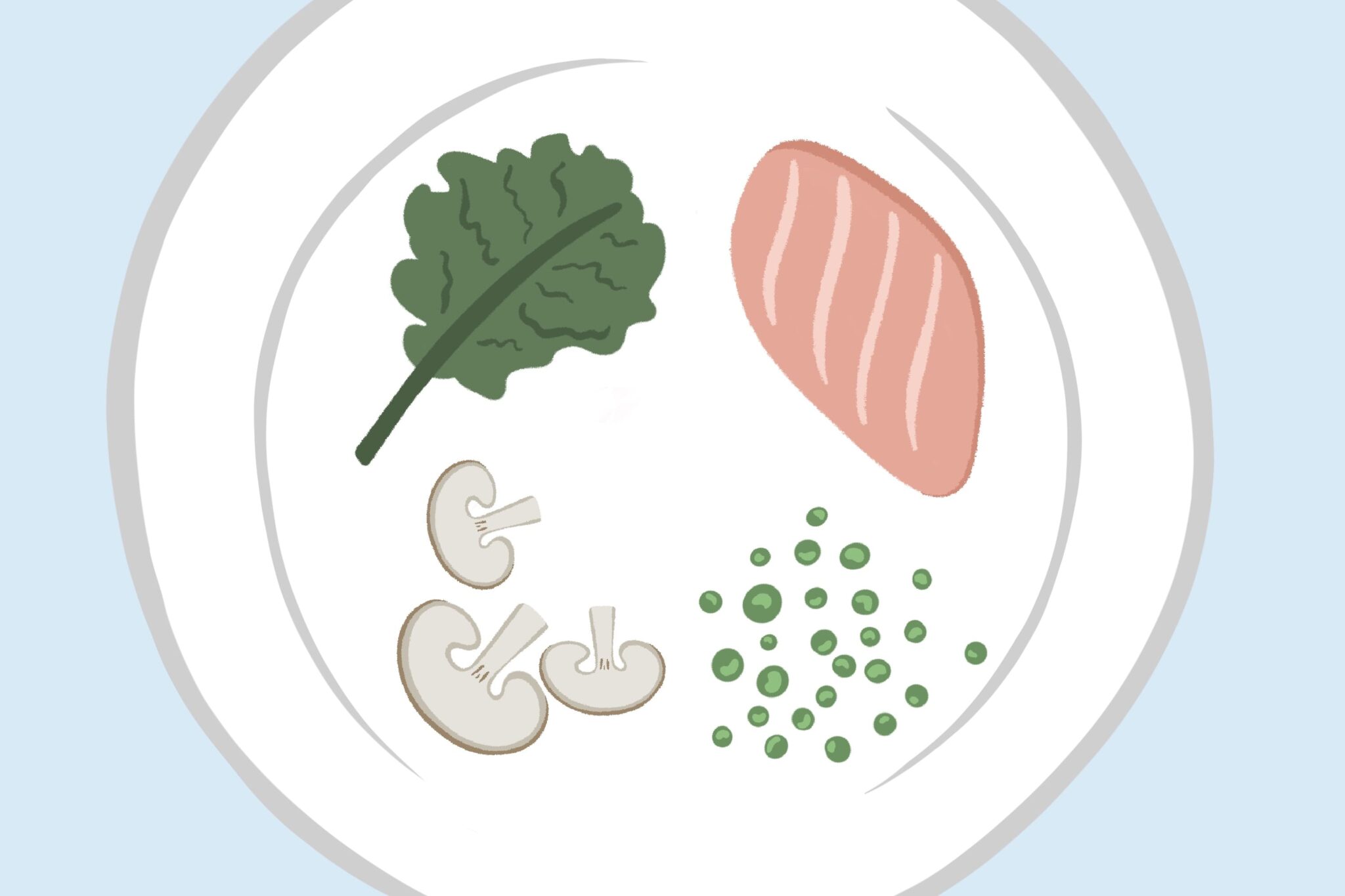Vitamin D and Food Allergies


Vitamin D and Food Allergies: Vitamin D is an important nutrient for bone health, so getting enough is key, especially during childhood and particularly if you have a food allergy. Allergies to milk, eggs, or fish can make meeting the daily vitamin D requirements a challenge.
How much vitamin D do babies and toddlers need?
In the first year of life, babies need 400 International Units (IU) of vitamin D.
Breastfed infants are at higher risk for vitamin D deficiency and should follow the recommendations outlined by the American Academy of Pediatrics (AAP): Exclusively and partially breastfed babies should receive 400 IU of vitamin D each day starting in the first few days of life and continuing up until babies are weaned to at least 1 liter or 1 quart of vitamin D fortified formula or milk a day.
Breastfeeding for long periods of time without offering complementary solid food (ideally starting at around 6 months) or offering a vitamin D supplement has been shown to cause rickets, which is a softening and weakening of the bones due to vitamin D deficiency, especially in dark-skinned infants. In fact, some experts suspect a rickets comeback, as documented cases of rickets have risen over the past decade.
Even infants who drink infant formula may also need vitamin D supplementation in the early months of life, because they are unable to consume the volume of infant formula needed to meet their vitamin D requirements. Babies need to drink about 1 liter (32 ounces) of infant formula each day to match their daily vitamin D requirement.
For children older than one year, the recommended intake of vitamin D is 600 IU per day. According to the 2015 Dietary Guidelines for Americans (DGA), about 76 percent of boys and 78 percent of girls aged 1 to 3 years do not meet their estimated average requirement on a daily basis from food and beverages.
What foods offer vitamin D?
After the first year of life, dairy products, especially milk and some yogurts and cheeses, are a good source of vitamin D due to their fortification. A cup of milk is fortified with approximately 100 IU of vitamin D, but other foods like cheese, butter, and other dairy products, such as some yogurts, have less vitamin D fortification, and unfortunately, some have no vitamin D fortification at all.
Young children who meet the daily servings of dairy products (about 2–2 ½ cup of milk or yogurt) are only part way to their daily requirements. Unfortunately, many children over age two don’t even meet their daily servings of dairy.
Other foods contain natural sources of vitamin D, but the challenge with these foods is they tend to be under-consumed by children, in general. Foods like fish and mushrooms aren’t typically on the “favorite” list!
The harsh reality is that young children have a hard time meeting their vitamin D needs from food alone.
This chart outlines some of the naturally occurring sources of vitamin D-containing foods, as well as foods fortified with vitamin D. Of course, if your child is allergic to fish, milk, or eggs, the list of food-based options gets shorter.
Other ways children can get vitamin D
Children can also get vitamin D from exposure to sunshine, and this can positively contribute to their vitamin D status. However, there are dangers associated with sunlight exposure, like sunburns and an increased risk of skin cancer later in life.
The AAP recommends no sunshine for children under 6 months of age; when older than that, and based on your child’s sensitivity to the sun, some experts advise 10-15 minutes of sunshine per day (without sunscreen) for those kids who can handle it. But, sunlight recommendations are varied (from 5 to 30 minutes of sun exposure without sunscreen between the hours of 10 a.m. to 3 p.m.), so speak with your doctor about safe amounts for your child.
Vitamin D supplements may be the pragmatic way to ensure sufficient vitamin D status in children, especially if they are allergic to milk, eggs, and fish.
Without a known vitamin D deficiency, children can consume the recommended daily amount — 400 IU for children under one year of age and 600 IU for kids over a year — in a liquid (ideal for infants), chewable, or gummy form. If your child is vitamin D deficient, consult with your doctor for vitamin D supplementation guidelines.
Sources:
- Centers for Disease Control and Prevention
- Second Nutrition Report.
Institute of Medicine - Reference Intakes for Calcium and Vitamin D.
National Institutes of Health - Vitamin D.
U.S - National Library of Medicine, Medline
- 25-hydroxy vitamin D test.
Powered by Bundoo®










































